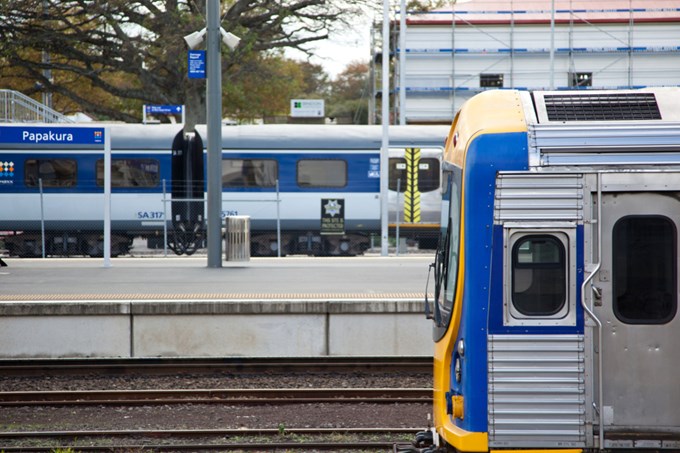The city’s challenges have been correctly identified in Auckland Transport’s Regional Land Transport Plan 2021, the Papakura Local Board says.
Providing formal feedback to Auckland Transport, board chair Brent Catchpole says the plan identifies key areas such as funding for rail electrification, replacing diesel buses with more efficient technology and support for electric vehicles.
“Even so, we have raised more than 60 points for AT to consider because transport is one of the most critical issues to the board, and for the populations we represent.
“We have a vastly improved train network but there is still a high reliance on our cars, and we need to address that and the climate difficulties it contributes to.”
The board was especially supportive of the Vision Zero strategy, which is designed to counter New Zealand’s poor road death and serious injury record.
“It’s easy to complain about how much is spent, that this roundabout or that traffic calming measure is a waste of money, but we don’t see the lives saved or the kiddies kept out of hospital,” Catchpole says.
The board did express concern about car parking availability, particularly around the train station, and the need to incorporate better bus services to encourage train use among commuters from Papakura’s outlying areas.
Other concerns centred around growth in Hingaia, Kauri Flats and Drury, and the difficulties adding more traffic from those areas would create.
“Papakura has a lot of development and that’s bringing regular truck movements across the urban area, and we would like to see the road maintenance backlog addressed because budgets have not kept pace with what’s needed.”
At a more local level, the board asked for funding for a pedestrian-friendly environment in Papakura town centre, and for money to complete a shared pathway from Pescara Point to Elliott Street, and on to the town centre and railway station.
“We support funding for the shared pathway as an active transport connection but also as a tourism opportunity to link the town to the cycleways network. We want to see cycleways connected but the costs are well beyond what a board can deliver,” he says.


